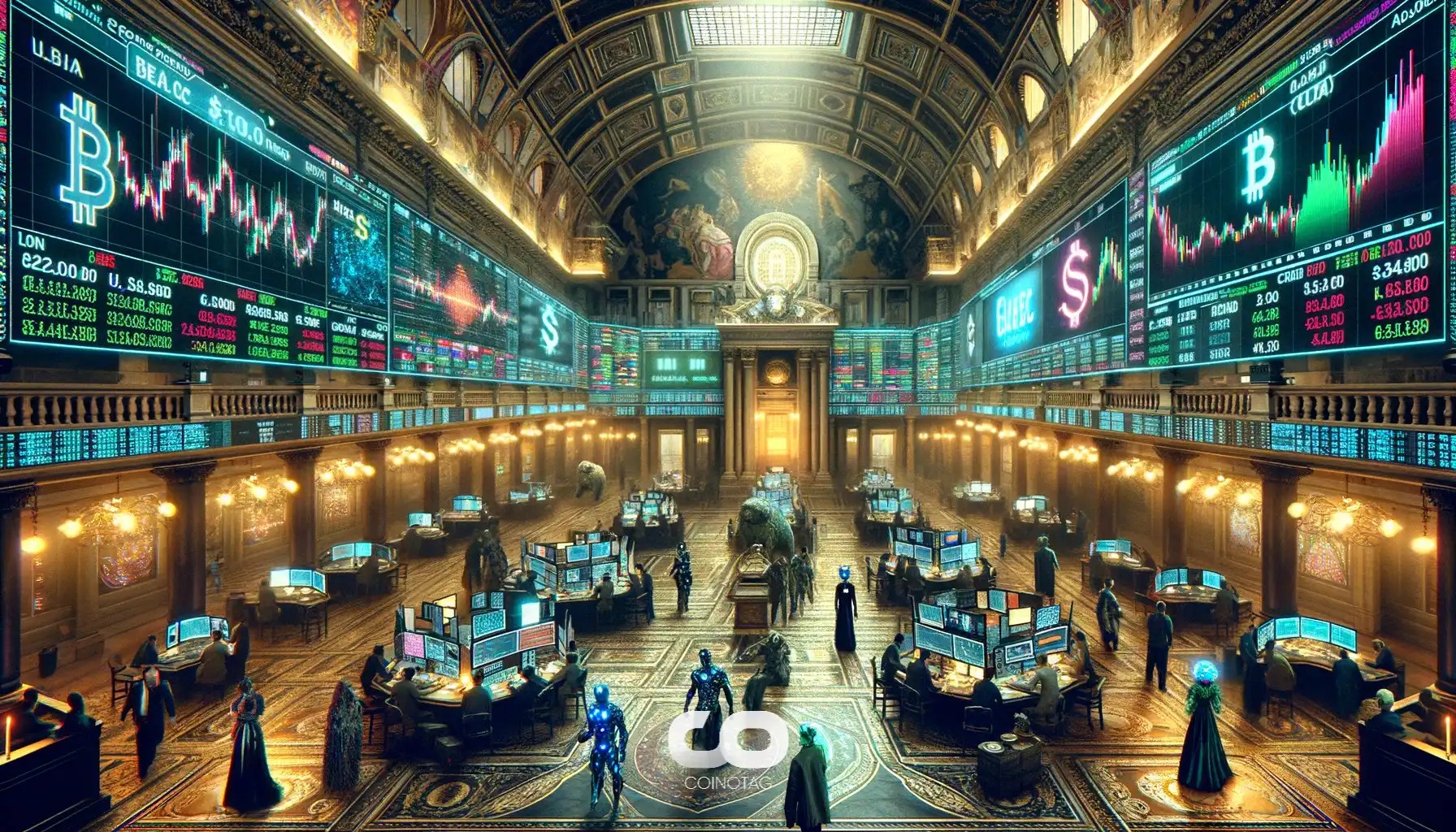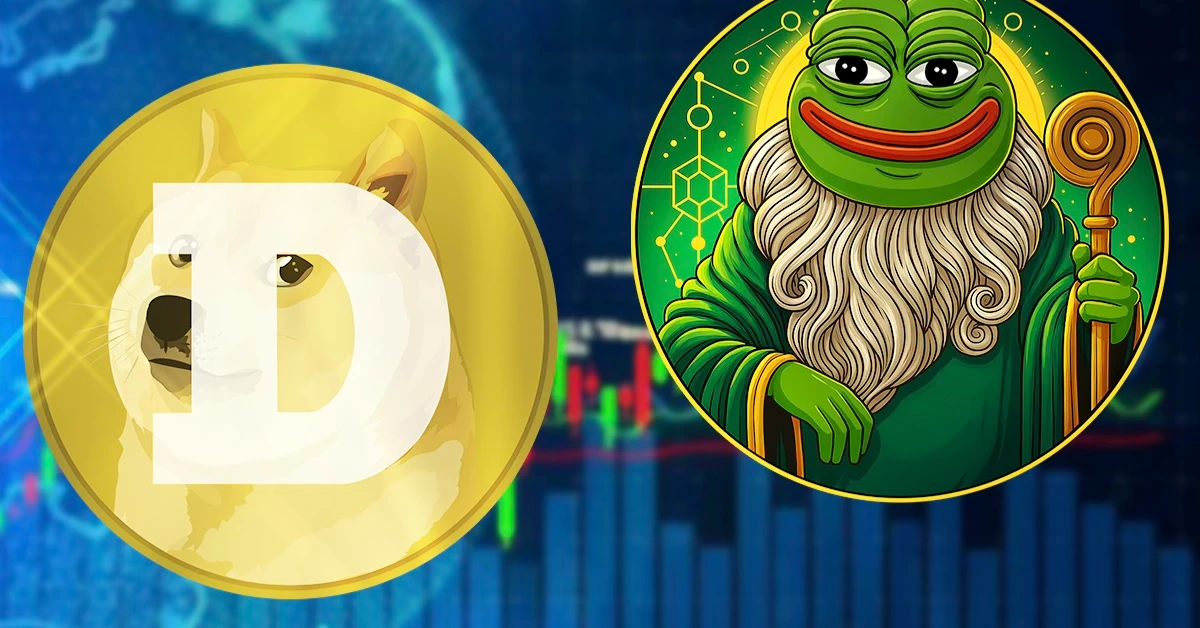Why Is XRP Struggling Despite Ripple’s Institutional Growth?
XRP is experiencing a notable disconnect from Ripple’s expanding institutional presence. The cryptocurrency declined 20% over the fourth quarter of 2025, even as Ripple advanced its partnerships and offerings. This divergence stems primarily from investor behavior, including accelerated profit-taking and rising realized losses, which signal a psychological shift rather than improvements in fundamentals.
On-chain analytics data reveals that while Ripple continues to build momentum, XRP traders are responding with caution. This cautious sentiment is creating a barrier to sustained price gains for XRP despite the company’s corporate progress.
How Has Investor Psychology Shifted in Q4 2025?
Investor sentiment toward XRP turned cautious during Q4 2025, marked by a surge in selling amid price weakness. According to analysis from Glassnode, profit realization rates jumped dramatically—from $65 million to $220 million per day—a 240% increase—even as XRP’s price fell from $3.09 to $2.30.
This behavior indicates that traders are liquidating positions to either capture gains or cut losses, which adds downward pressure on the token. Realized losses climbed beyond $470 million when prices dipped below $2.50, highlighting a broad base of holders now underwater.
Experts note this pattern reflects a psychological divergence: optimism stemming from Ripple’s developments is failing to translate into holding conviction. This disconnect could delay any meaningful recovery in XRP’s price. Key metrics such as profit spikes, loss accumulation, and price decoupling all point to a market transitioning through uncertainty.
Distinct Trajectories: Ripple vs. XRP
Ripple and XRP are exhibiting distinct performance paths in this market cycle. While institutional adoption of Ripple’s solutions continues to strengthen, XRP has underperformed, losing significant ground during the quarter. The core issue lies in the separation between corporate progress and token valuation dynamics.
Trader reactions—especially selling into price declines—amplify this gap. The widespread distribution of tokens amidst weakening prices suggests that any potential rallies may lack the depth needed to sustain long-term gains.
What Does the Cost Basis Reveal About XRP’s Q3 Momentum?
The third quarter of 2025 represented a high point for XRP, with a robust 27% gain that peaked at $3.60. This movement echoed the explosive 240% surge observed during the prior year’s breakout.
Cost basis distributions during Q3 showed clear evidence of accumulation and strong positioning for further upside. Data from Glassnode illustrates a concentrated yellow band representing 1 billion XRP held around the $3.30 level. Additionally, a denser red cluster between $2.80 and $2.82 accounted for 2.5 billion tokens, the heaviest density observed.
This setup was aligned with bullish expectations as investors reloaded after the earlier impulse wave, anticipating continued upside. However, entering Q4, these patterns inverted, exposing vulnerabilities that challenge the feasibility of replicating Q3’s performance.
How Are Realized Profits and Losses Impacting XRP’s Trajectory?
Profit realization in Q3 peaked alongside XRP’s advance to $3.60, reaching approximately $550 million daily. This level of realized gains is typical of healthy bull phases where traders harvest profits without derailing momentum.
Yet in Q4, profit realization escalated unexpectedly, soaring 240% to $220 million per day despite declining prices. Glassnode’s metrics highlight that distributions occurred precisely when supply increased from underwater positions, exacerbating the price drop.
Realized losses ballooned to over $470 million, placing pressure on long-term holders and creating a significant supply overhang. From a market psychology perspective, this indicates a cycle of distribution where Ripple’s institutional milestones fail to bolster token confidence. The resulting structural weakness hampers XRP’s rebound potential.
Frequently Asked Questions
Why is XRP price decoupling from Ripple’s institutional partnerships in 2025?
XRP’s price decoupling arises from mismatched investor reactions, where corporate advancements do not immediately boost token demand. On-chain data shows increased selling pressure, with profit-taking rising sharply despite positive news. This dynamic contributed to a 20% quarterly decline and reflects broader market caution surrounding altcoin valuations.
What factors are preventing XRP from repeating its Q3 2025 rally?
Key factors include surging realized losses exceeding $470 million and a 240% spike in profit realization. Psychological selling into weakness has created supply pressures, while decoupling from Ripple’s corporate progress adds uncertainty. These elements make upward momentum difficult to sustain.
Key Takeaways
- XRP’s Decoupling from Ripple: Institutional growth for Ripple contrasts sharply with XRP’s 20% Q4 decline, driven largely by investor sales rather than fundamental issues.
- Psychological Divergence in Trading: Profit realization surged 240% amid falling prices, signaling distribution and hesitation among holders.
- Challenges for Future Rallies: With realized losses exceeding $470 million, investors should monitor on-chain signals carefully for stabilization before expecting gains similar to Q3.
Conclusion
In summary, XRP’s struggles in Q4 2025 highlight a clear decoupling from Ripple’s institutional momentum. This is fueled by psychological factors such as accelerated profit-taking and mounting realized losses. On-chain data from sources like Glassnode reveal a trader base prioritizing caution over optimism, complicating efforts to push XRP back above $3.
Looking ahead, XRP investors should watch for shifts in holder conviction and broader market trends to identify potential turning points. Given the current volatility and market psychology, diversifying investment strategies can help manage risk in this challenging environment.




